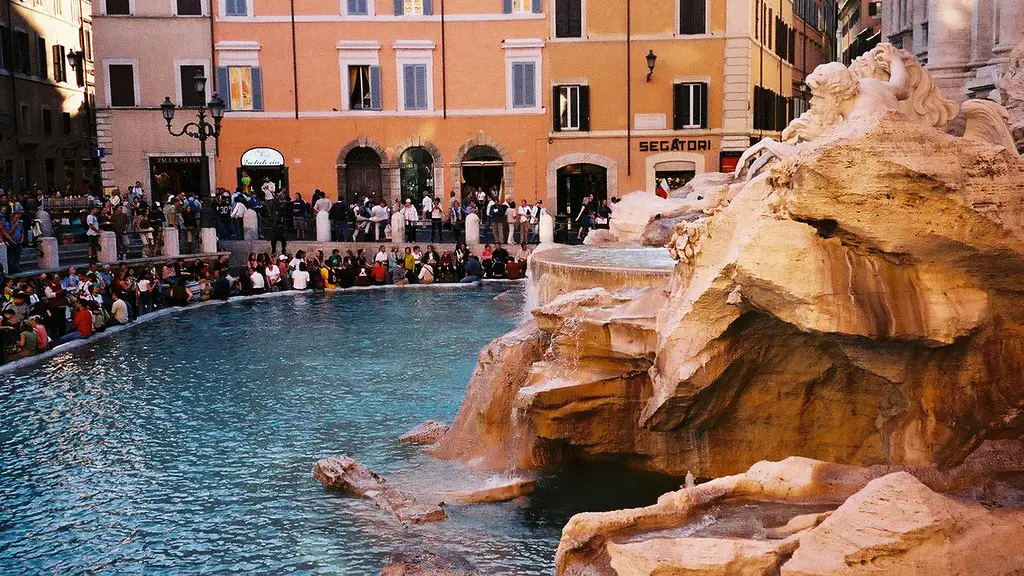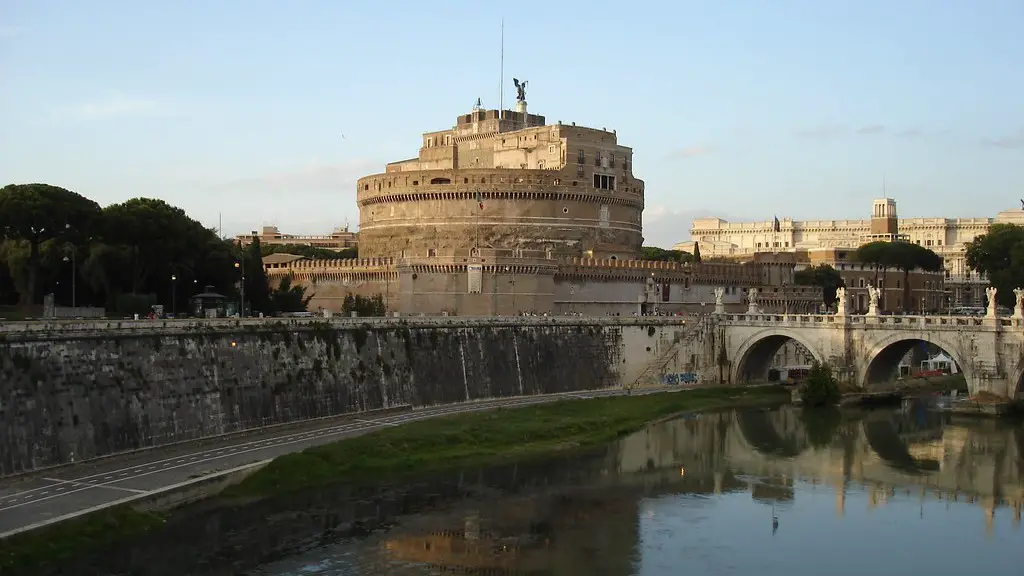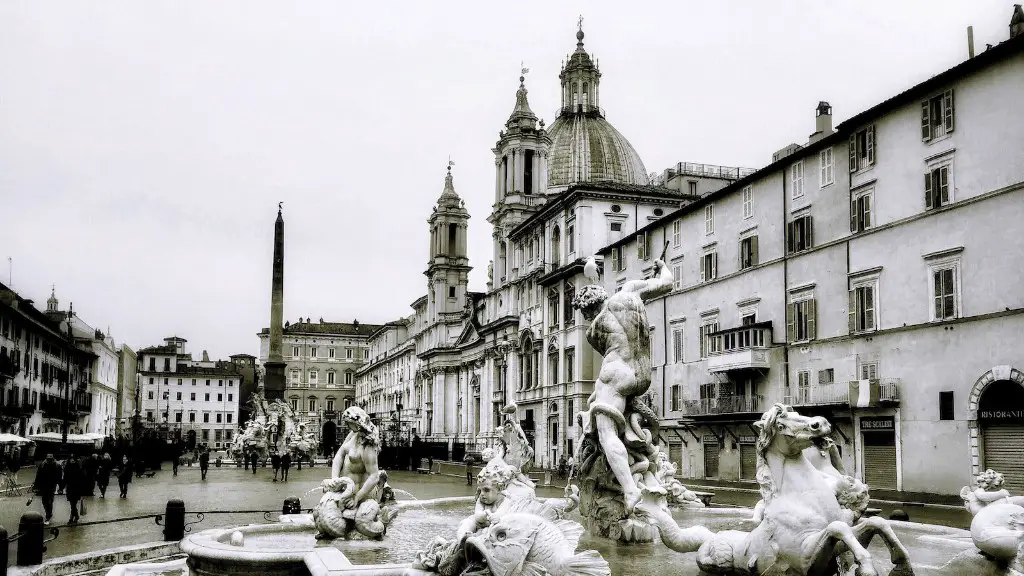Ancient Romans are considered one of the most influential societies in world history. From about 800 B.C. to A.D. 476, Rome flourished in an impressive culture that ranged from innovations in engineering to techniques in warfare. The period of time in which ancient Romans accomplished these feats is commonly referred to as Classical Antiquity.
The earliest evidence of civilizations in Italy dates to the Neolithic period (8000-3500 B.C.), and by the 9th century B.C., a civilization known as the Latins had coalesced in the central region. It was here that a small city-state known as Rome was established. At this time, few records of Rome exist, so its exact history remains disputed.
Rome’s recorded history dates to the traditional founding of the city by Romulus on April 21, 753 B.C. By the sixth century B.C., the city had unified its surrounding areas, creating the Roman Kingdom. Growing into one of the most powerful civilizations of the time, it soon developed a period of republican rule by elected leaders before becoming an empire.
At its peak, the Roman Empire included much of Europe, North Africa and some parts of the Middle East. Also prominent was the traditional Latin culture embraced by Romans, through art, language and government. During this period, the region flourished in impressive engineering feats such as aqueducts and bridges, and developed the unique weapon of the gladiators.
In the 5th century, Germanic tribes began to invade Rome, weakening its grip on Europe. Eventually, in 476 A.D., the Western Roman Empire fell and much of Europe was soon overrun by tribes.
For hundreds of years after the fall, much of the wealth of the Roman Empire was forgotten. But, it was rediscovered in later centuries, with such innovations as the Latin alphabet and the Roman system of taxation and law. Roman architectural styles still remain today, with their famous arches and domes inspired by ancient engineering techniques.
Roman Engineering Innovations
Roman engineering was one of the most innovative and integral parts of the ancient Roman Empire. They managed to build infrastructures that support many aspects of their daily lives with surprisingly advanced techniques. Ancient Roman engineers built bridges, roads, aqueducts, temples, palaces and other monuments that are still admired to this day. Their unique construction techniques made them stand out from their predecessors.
Their dedication to their craft was evident by the way their arches were constructed. Roman engineers figured out a way to make an arch out of bricks or stones which was far superior to the basic archways that the Greeks had used before. Furthermore, the Romans were the first to construct a dome-like structure, a previously unheard of feat. These domes were built by using layers of mortar and small pebbles that allowed the dome to become incredibly strong and sturdy.
But perhaps their most impressive engineering feat were their aqueducts. The aqueducts were large structures built to bring clean, fresh water from the mountains to their cities. These structures were incredibly well designed and showed the Romans’ dedication to their craft. It allowed them to build cities with a large population and it greatly increased their quality of life.
Roman Art & Culture
In addition to their impressive engineering feats, the Romans also had a magnificent culture. They themselves were heavily influenced by the Greeks, as it was from the Greeks that the Romans acquired their alphabet, political system, and many of their central beliefs. Furthermore, many Roman citizens also adopted part of the Greek religion and culture. Despite being heavily influenced by the Greeks, the Romans also developed their own culture, such as the Latin language and their own distinct form of art and architecture.
Roman art focused on realism, as it wasn’t just about creating beautiful objects for their own sake, but about creating tangible representations of the Roman gods. This is evidenced by the numerous statues found in most cities around the empire, from public parks to the forums, that depict various gods or goddesses. Roman architecture was heavily based on mathematics and geometry, as seen by the numerous examples of public buildings or temples from the period. Roman architecture was also heavily based in the use of arches, a technique inherited from the ancient Greeks.
Roman culture also had a focus on civic duty and patriotism. Roman citizens were fiercely loyal to their city and were expected to uphold laws and customs. This led to a strong sense of pride and general acceptance of Roman rule, which was very important in the growth and development of their civilization.
The Language of Ancient Rome
The Latin language was spoken throughout the Roman Empire and continues to be used in many parts of the world today. It is the ancestor of both Italian and Spanish as well as a host of other Romance languages such as Romanian, Catalan, and French. Latin’s influence can also be seen in many English words derived from Latin roots.
The Latin language was a major part of the Roman Empire’s culture and was used in daily life and communication. It was also used for official documents, laws, and government correspondence. Latin was the language of the Roman Church, and so it was used for religious services and ceremonies. By the 2nd century, Latin was spoken not only in Rome but in nearly all of its provinces as well.
The language was also spread by Roman soldiers and traders and was even adopted by many of the conquered peoples. Latin literature such as Virgil’s Aeneid, Ovid’s Metamorphoses, and Cicero’s speeches, were studied by generations of Roman schoolchildren. Even today, Latin is the language of many Catholic and Orthodox Church services, and it remains a language of learning and scholarship throughout the world.
Roman Technology & Warfare
The Romans were also known for their innovative and effective use of technology and warfare. They were particularly famous for their siege machines, such as towers, catapults and battering rams, which were useful in attacking walls and fortresses. They were also well known for their large infantry formations, which allowed them to overwhelm their enemies with sheer force.
The Romans also made use of a wide array of weapons, from javelins and spears to longswords and shields. They also developed their own unique weapons such as the short gladius sword, the pila javelin and the scutum, as well as siege weapons such as ballistae and catapults. The Romans also used complicated tactics in their battles, such as the “testudo” or turtle formation which allowed them to withstand and deliver volleys of arrows and stones from their enemies.
The Romans were also famous for their naval fleets which were used to transport troops and goods throughout the empire. Roman warships were typically outfitted with sails, oars, and grappling hooks to capture enemy vessels. They were also equipped with a ram to sink other ships, and their armies were often supported by ships carrying supplies and reinforcements.
Legacy of Ancient Rome
The legacy of the ancient Romans lives on today. Their system of law and government are still emulated in many countries throughout the world. Their architecture, such as the Pantheon and Colosseum, is still standing and inspiring to this day. Their engineering innovations made it possible for future societies to build their own feats of engineering innovation. Furthermore, their culture had a lasting influence on literature, arts, and language, which can still be seen in many countries today.
The Romans had a major influence on the development of Western culture and have been credited with the pioneering of democracy, written language, and literature. They have also left a lasting impression on religions and government practices, as well as legal codes. In short, the legacy of ancient Rome is one that can still be felt in virtually every facet of modern life.




